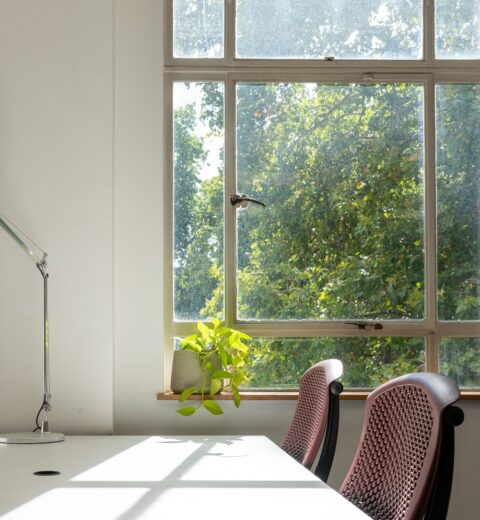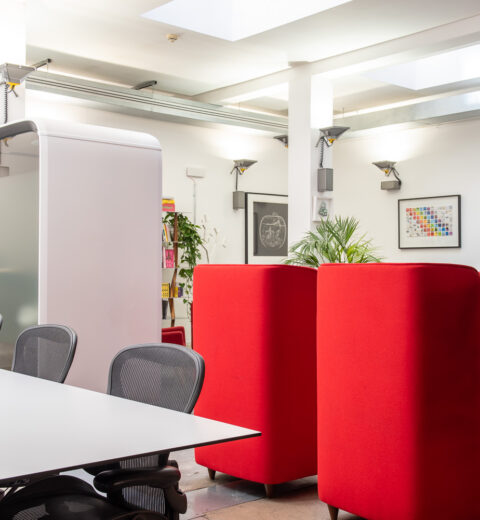Interpersonal hiccups in open-plan offices
The design of open-plan offices has improved constantly since their advent in the 1960s. In Finland, for instance, the Finnish Institute of Occupational Health conducts different kinds of research with the purpose of improving the office environment. At their best, open-plan offices have been designed with care and there are different spaces for different needs. Why, then, do problems emerge?
The first issue is that an open-plan office is an even more complex system socially than technically. Unintentional, distracting conversation can be reduced by improving the acoustics or with sound-masking installations. Neither, however, is of any use if somebody intentionally stops by your desk to spin a yarn.
Moreover, many companies have ad hoc open-plan offices, starting from office rooms shared by two people. There are rarely any plans for how such spaces should be used; the reason is usually to make more efficient use of office space or to facilitate cooperation.
Regardless of the size of the open-plan office, there are three steps that can improve the functionality of the working community:
1. Draw up the plans for using the space together
When planning totally new office facilities, it is common to involve the users in the process. When moving into existing facilities, it is advisable to have joint discussions with the employees, at least regarding the seating plan. Some people tend to think aloud and solve problems through discussing them with others. On the other hand, some people are easily disturbed by external stimuli or are of a less sociable sort. Both of these are completely natural and legitimate characteristics. For the best seating plan, there should be a balance between cooperation needs based on the employees’ tasks and their different manners of working.
2. Agree on signals and rules
In an open-plan office, there has to be an agreed set of rules and signals that employees can resort to.
For instance, there has to be a way for every employee to signal that he or she is not to be disturbed. It may be putting up a sign on the desk or wearing a headset. Furthermore, rules include laying down limits for general disturbance. Can you, for example, talk on the phone or with a colleague for more than a few minutes in the office, or should you go to a conference room instead?
People often think that such signals are obvious and there is no need to discuss them, but that leaves a lot of room for misunderstandings.
I once visited a company that was quite recently formed through the merger of two smaller enterprises. On the company development theme day, we talked about cooperation and ways of working. The people from Company A said that it was impossible to cooperate with the people from Company B, because they were always busy. The people from B rolled their heads and said that the people from A did not make contact. It turned out that in one company it was customary to let office doors stand open. Shutting the door indicated that the person was away or busy. In the other company, on the other hand, the rule was – due to the nature of the facilities – that doors were kept shut and you had to knock. The impasse could have continued for quite some time had it not been raised in the discussion.
3. Monitor the situation
With time, people working in the same open-plan office space begin to resemble an old married couple. There are things that irritate you, but you do not talk about them. A couple of weeks or a month after moving in, the people sharing a working space should have a short discussion about what is working well in their cooperation, what should be changed and what they just have to learn to tolerate. Such discussions reveal many little issues that it is difficult to otherwise find a suitable moment to address. If needed, the discussions can be repeated, for example every six months.
[Lauri Luoto via]



